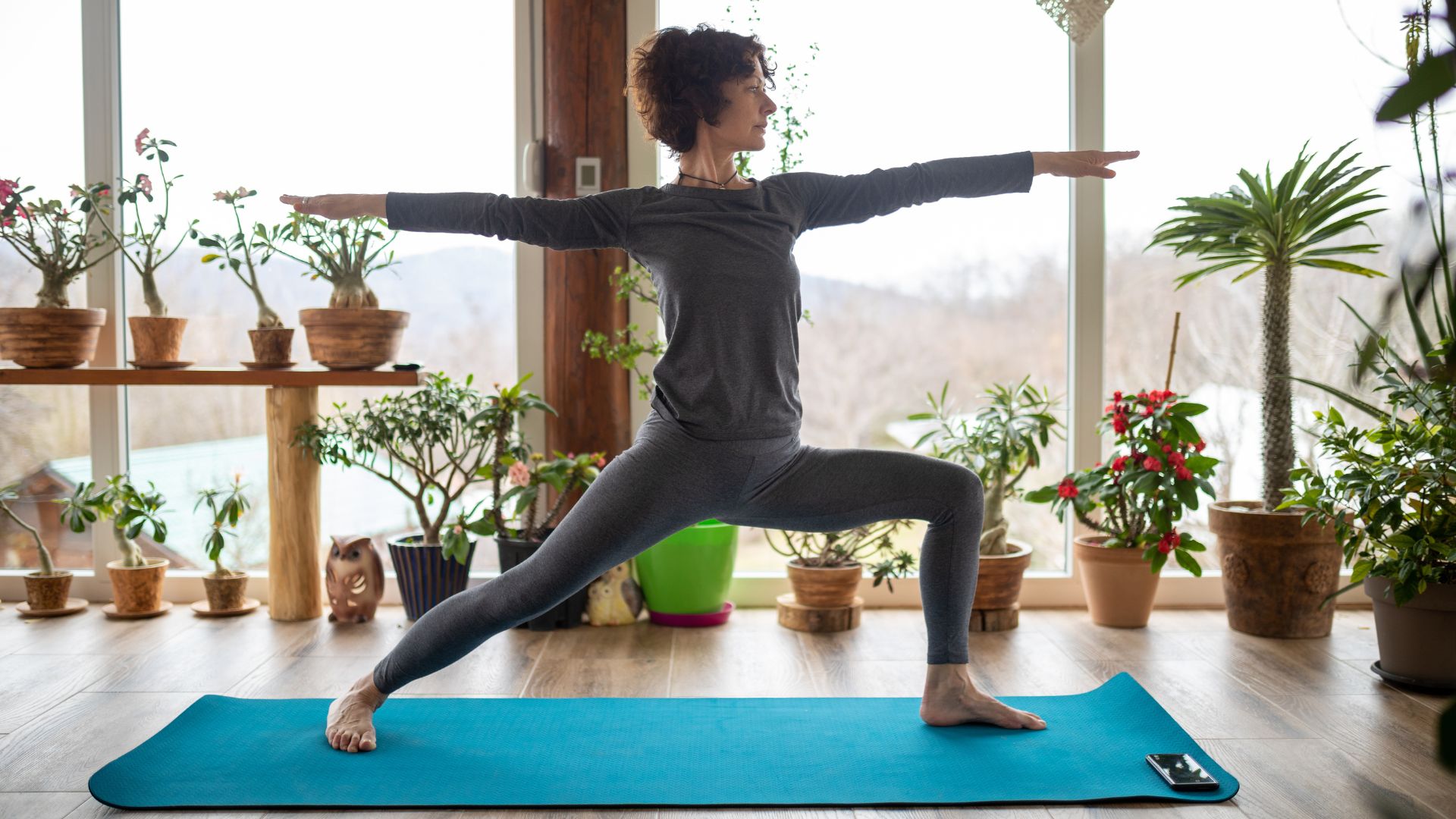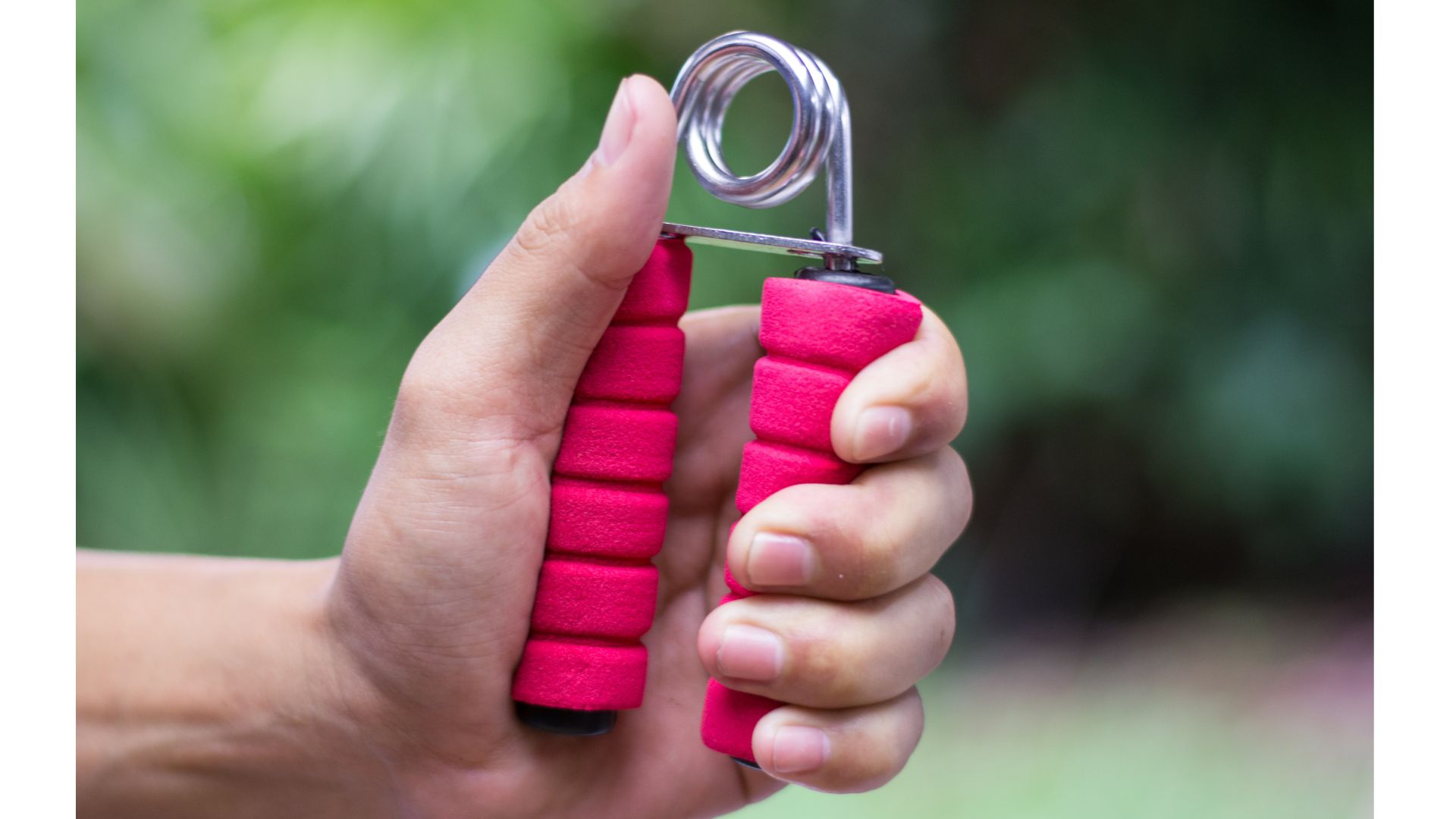The best exercise to lower blood pressure has been revealed - and no, it's not running
High blood pressure is one of the biggest risk factors for serious health problems as we age, but it’s also one of the most preventable with regular exercise


Grace Walsh
We know that eating a healthy diet, not smoking and staying active can help improve our cardiovascular health, warding off heart attacks and other serious issues. But what's the best exercise to lower blood pressure?
Most people would say running workouts, but a review in the British Journal of Sports Medicine found this isn't the case. Instead, the researchers found that isometric exercise, which tightens a muscle without changing its length or the joint angle, produced the most significant reductions in systolic and diastolic blood pressure.
Isometric exercises include planks, wall sits, static lunge holds, and glute bridges, all exercises where the muscle is put under bodyweight resistance, but there's no movement.
Running workouts and other types of strength training were also found to be beneficial for those with high blood pressure in the study, but not as effective as the isometric exercise.
The researchers examined 270 clinical trials involving almost 16,000 people between 1990 and 2024, and reviewed the effect of isometric, HIIT, aerobic, and dynamic resistance training programs on participants' blood pressure.
Below 130/85mmHg was defined as healthy blood pressure, and high blood pressure was defined as 140/90mmHg or above. Systolic blood pressure, the first number in a reading, measures arterial pressure when the heart beats. Diastolic blood pressure, the second number, measures arterial pressure between beats.
Why does isometric exercise lower blood pressure?
Isometric exercises engage the muscles and force the body to work against its resistance without movement, but also train the blood vessels and nervous system, says Dr Lafina Diamandis, a GP, lifestyle medicine doctor, and founder of Deia Health.
Sign up to our free daily email for the latest royal and entertainment news, interesting opinion, expert advice on styling and beauty trends, and no-nonsense guides to the health and wellness questions you want answered.
"When you squeeze your muscles hard, this compresses the blood vessels and similarly, when your muscles relax, so do the blood vessels," she tells woman&home. "Doing this repeatedly and regularly is like giving your blood vessels a workout, resulting in more flexible blood vessels with greater resilience to stress over time and a lower ‘resting tension’ in your system."
In the plank and side plank exercises, for instance, you use your core muscles, legs, and upper body to hold yourself up.
How often should you do isometric exercises to lower blood pressure?
The review doesn't specify how long each participant did the exercises for, but previous researchers have said that the isometric exercise needs to be held for two minutes to be effective.
“They increase the tension in the muscles when held for two minutes, then cause a sudden rush of blood when you relax. This increases the blood flow, but you must remember to breathe," Dr Jamie O’Driscoll, senior author of the report and a reader in cardiovascular physiology at Canterbury Christ Church University, told the BBC in 2023.
Overall, upping the amount of exercise you do will contribute to healthy blood pressure. "When it comes to exercise, the gold standard is to aim for 150 minutes of moderate intensity exercise per week and 2 strength training sessions (ideally isometric exercises like handgrips or wall squats)," says Dr Diamandis. "Both these types of exercises have been shown to reduce blood pressure in hypertensive individuals."

Isometric exercises include planks and wall sits but also handgrip holds, as above.
Does running help lower blood pressure?
Yes, running can have a positive impact on blood pressure, even though it's not as impactful as isometric exercises. The activity produces "meaningful reductions in blood pressure because running is dynamic aerobic exercise, which is known to improve blood vessel function and reduce peripheral resistance (or resting tension) in the circulation," says Dr Diamandis.
In the review, dynamic resistance training (e.g. traditional weight lifting), combined aerobic and weighted training, and HIIT were also found to have benefits.
Other benefits of isometric exercises
- Suitable for all environments: Whether you spend your mornings in the gym or you prefer to work out at home, you can do isometric exercises as they don't require specialist equipment.
- One of the best exercises for longevity: As well as being the best exercise to lower blood pressure, a study led by Pohang College found that doing isometric exercises three times a week for 12 weeks helped posture and walking gait in elderly people.
- May help ease discomfort: Isometric exercises are commonly some of the best knee exercises as they improve stability, endurance, and strength in the surrounding muscles.
- Great for beginners: Even if you've had a break from exercise or are new to working out, you can do isometric exercises. You don't even have to start with a plank. As Dr Diamandis says, using handgrips is a form of isometric exercise.
This article is for general interest and is not intended to suggest a course of action that might be suitable for you. Always consult a licensed healthcare professional before making decisions concerning your health and wellbeing.

Kat Storr has been a digital journalist for over 15 years after starting her career at Sky News, where she covered everything from world events to royal babies and celebrity deaths. After going freelance eight years ago, she now focuses on women's health and fitness content, writing across a range of UK publications.
From perimenopause to the latest fitness trends, Kat loves researching and writing about it all. She's happy to give any fitness challenge a go and speaks to experts about wellbeing issues affecting people every day.
- Grace WalshHealth Channel Editor
You must confirm your public display name before commenting
Please logout and then login again, you will then be prompted to enter your display name.